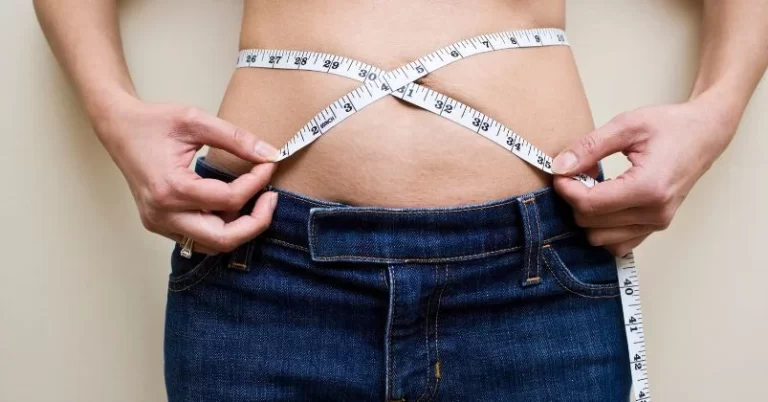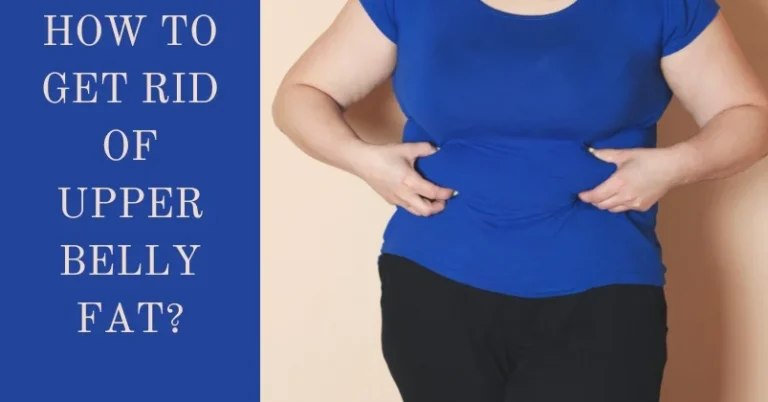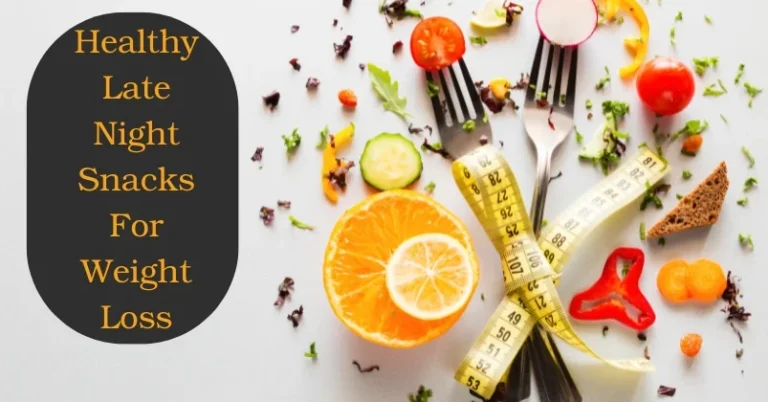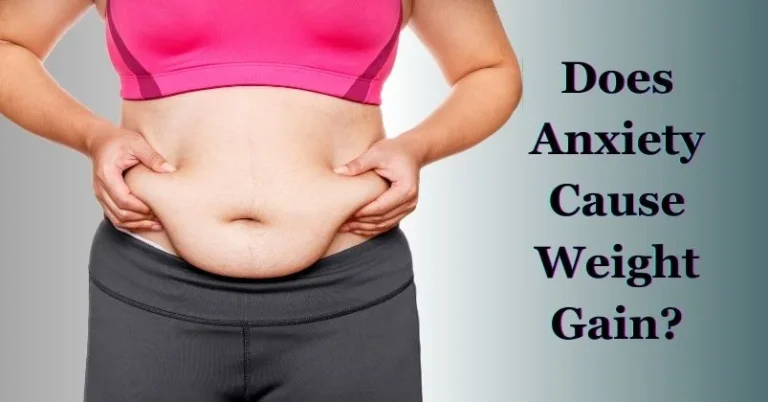Eating More to Lose Weight – Is This Possible and How Does it Work?
While feeling full on fewer calories seems like just a fantasy, there is some truth to it. However, eating more to lose weight may not look exactly as we envision it. When we think of eating more, our minds wonder if this is possible because we assume more food means more calories. This is not always the case.
How Do You Feel Fuller While Eating More?
This concept is known as energy density. It works by consuming more food, but the food that you choose has fewer calories. High-energy meals are foods that are packed with calories in a small amount of food. They leave the body hungry because they are not filling.
Low-calorie density foods have fewer calories, but you can consume a lot of food. They tend to be rich in proteins, high in water content, and high in fiber. Fiber and water are both tools that will keep you fuller for a longer duration. You can eat a great deal of these foods and avoid any weight gain because they have a lower calorie count.
Additionally, fiber has a slower digestion process. Therefore, the body takes longer to break it down, meaning you will feel fuller throughout the day. Feeling fuller generally equates to less snacking and better weight maintenance. Less snacking on high sugar or processed foods means that weight will come off.
For example, while you wouldn’t think this, raisins have a higher energy density when compared to grapes. Why? It boils down to water content.
One cup of raisins (dehydrated grapes) has 434 calories. Meanwhile, grapes comprise a lower energy density, with one cup equaling 82 calories. While you may feel full after only one cup, there is a stark difference between how many calories you have consumed.
When you look at the foods that fall into the low energy category, they can be broken down into the following:
Vegetables
Veggies are lower in calories yet high in weight or volume. Most vegetables have water, giving the person a healthy weight with fewer calories. These types of foods include asparagus, salad greens, broccoli, green beans, and zucchini.
Adding more vegetables can be as simple as steaming them as a side, or sauteing them to place on top of some pasta. Also, it is as simple as decreasing the portion of meat you are consuming and replacing it with veggies instead. You can also snack on raw veggies, too.
Here is also a unique trick. Over the past few generations, plate sizes have increased. With larger plates and portion sizes, our intake of food has increased. Visually, we put more food on our plates because if we cut back, mentally, we think that we are not eating enough.
To combat this, try using a smaller plate and load it up with healthy food. If you are hungry, you can come back for more to eat. See, after trying this for a few times, if you still feel famished after one plate. Chances are, you will feel completely satisfied after one, and your calorie intake will have gone down.
Carbohydrates
Carbohydrates can be found in grains or composed from grains. These include rice, cereal, bread, and pasta. For healthier choices, opt for whole grains since they are higher in nutrients and fiber. They can be found in whole-wheat bread, oatmeal, whole-wheat pasta, brown rice, or whole-grain cereals.
Watch out for portion sizes when using carbs. They are higher in energy density.
Fruit
Generally, all foods will fit into a healthy lifestyle. However, some are lower on calories than others. When choosing fruit, find ones without syrup. Dried fruits and fruit juices tend to contain more concentrated amounts of natural sugar. This has a higher energy density and more calories. Therefore, they aren’t as filling.
Sweet Foods
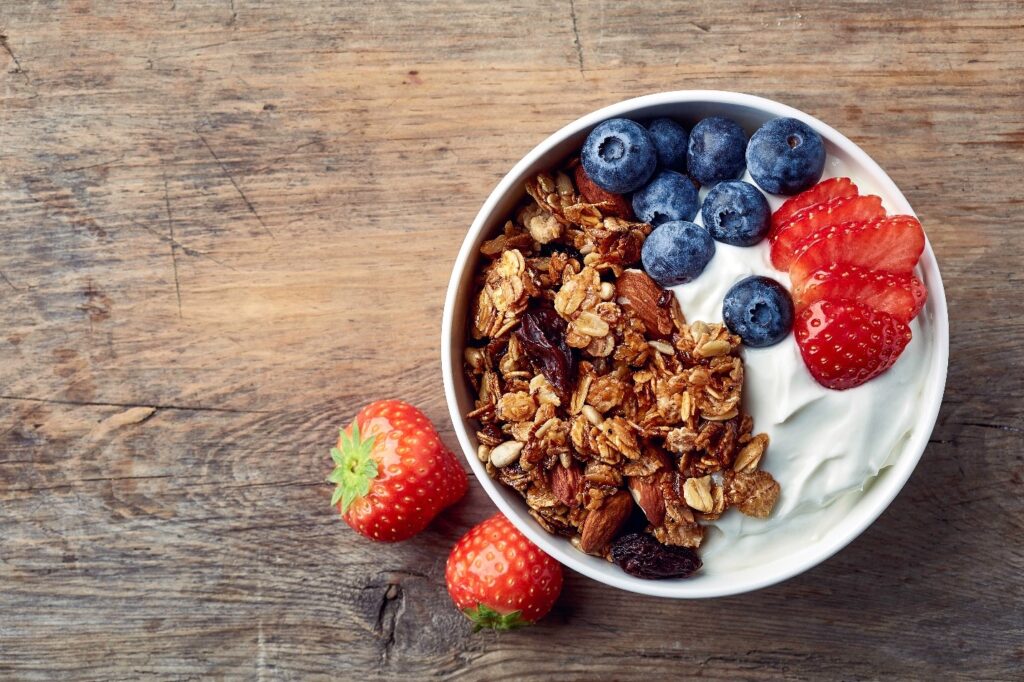
Did you say sweets? While they are high in energy density, they can be incorporated in smaller amounts into a nutritious meal. Find ones that are lower in fat and contain fruits, low-fat dairy, and whole grains. In small amounts, they can be incorporated into any plan for weight loss.
Dairy and Protein
This category included items from animal and plant sources. The lower-energy dense foods have a high protein count but are low in fat. These include legumes, skinless poultry (white meat), egg whites, and fat-free dairy.
Fats
Some fats are healthier over others and are high in energy density. Much like sweets, they can be incorporated into diets but in small amounts. You can include nuts, olive oil, flaxseed oil, safflower oil, and seeds into your diet. These all contain healthy fats.
How Can You Make This Work for You?
When making these food choices, you don’t need to feel hungry all the time to lose weight. You just have to keep things in moderation. Fresh veggies, fruits, and whole grains will help you feel fuller for longer. Also, if you don’t know how much to consume, consider apps like Healthi or Noom to help you in your journey.
Both apps visually outline how much to consume in each category to remain full throughout your day. A special emphasis is placed on consuming foods in the low-calorie high-density category. They also place emphasis on consuming proper amounts of water.
The best thing about consuming adequate amounts of water is that it is not necessarily forcing you to drink eight cups of water straight throughout your day. Water can be found in many foods, and this will help you feel fuller.
Furthermore, if you consume a glass of water before a meal, you are less likely to overeat because your stomach will feel fuller.
So, it is possible to eat more to achieve your weight loss goal? Absolutely! If what you are eating are the right foods and in the correct proportions. It is also known that when you feel hungry, the best “cheat” is to consume foods that are high in fiber, high in water, and low in calories. They will satisfy your cravings and help with weight loss.



